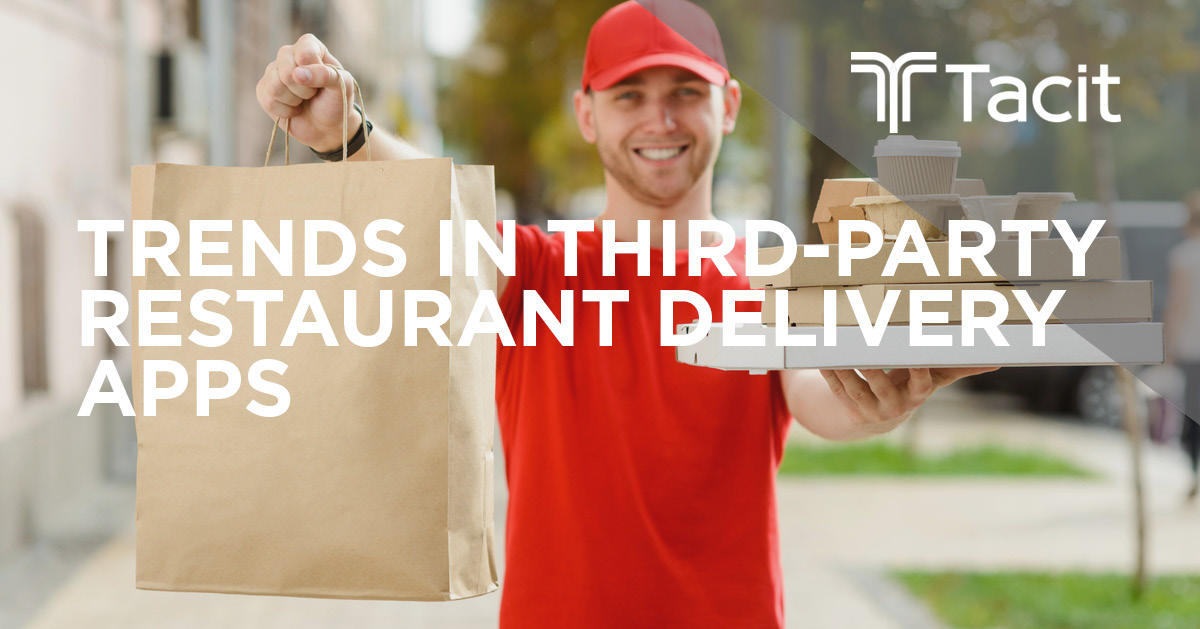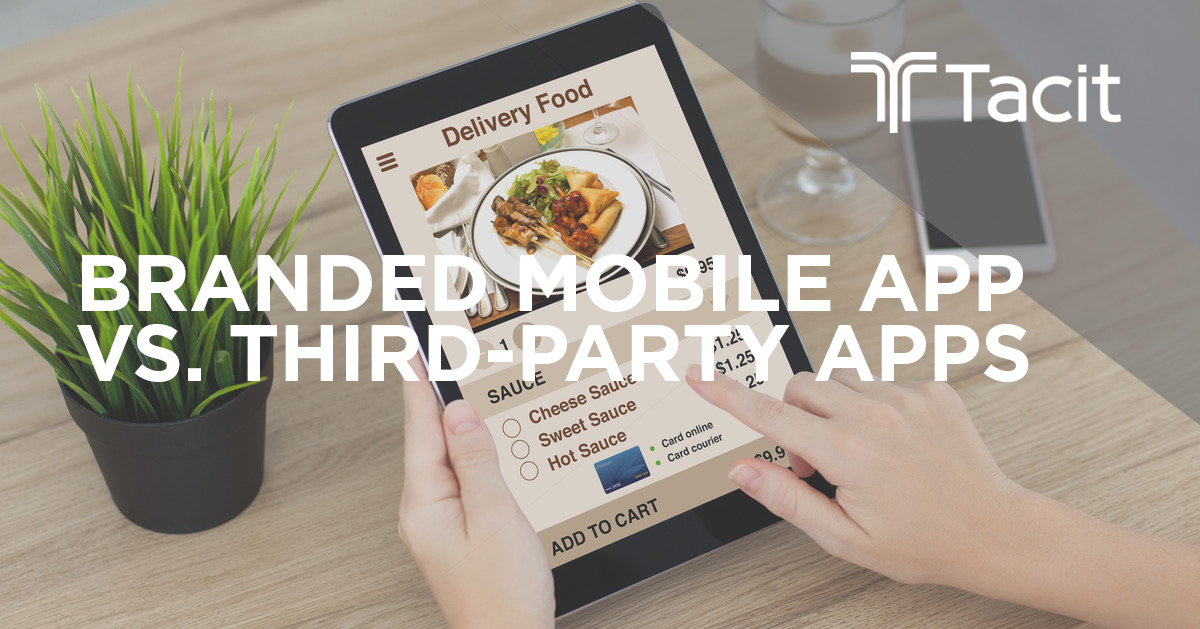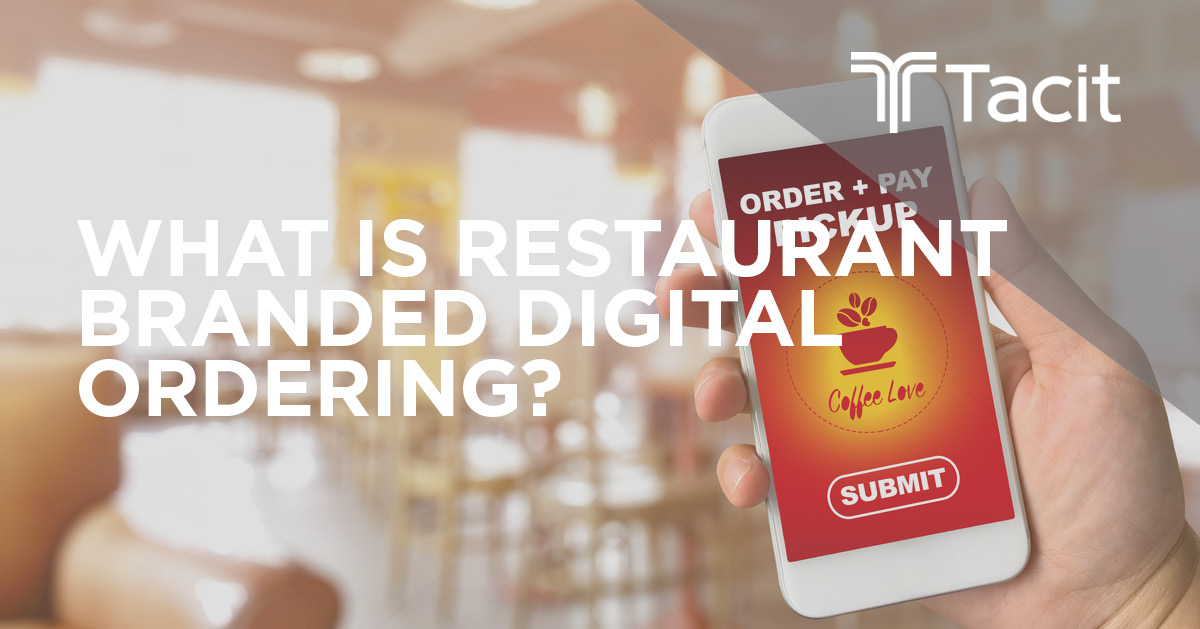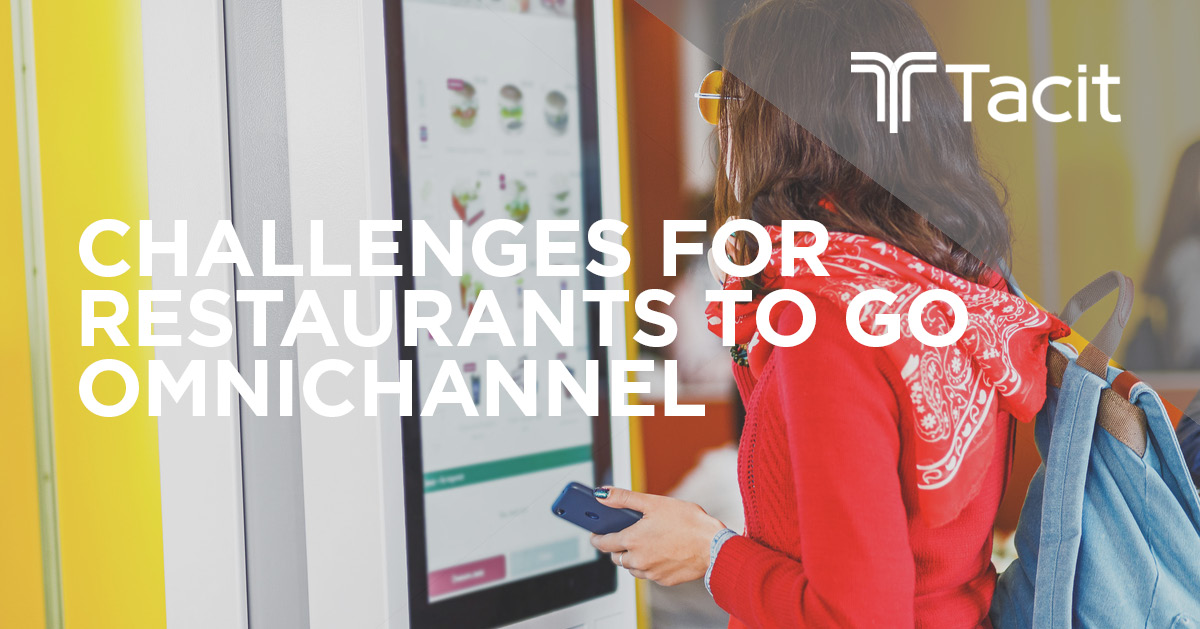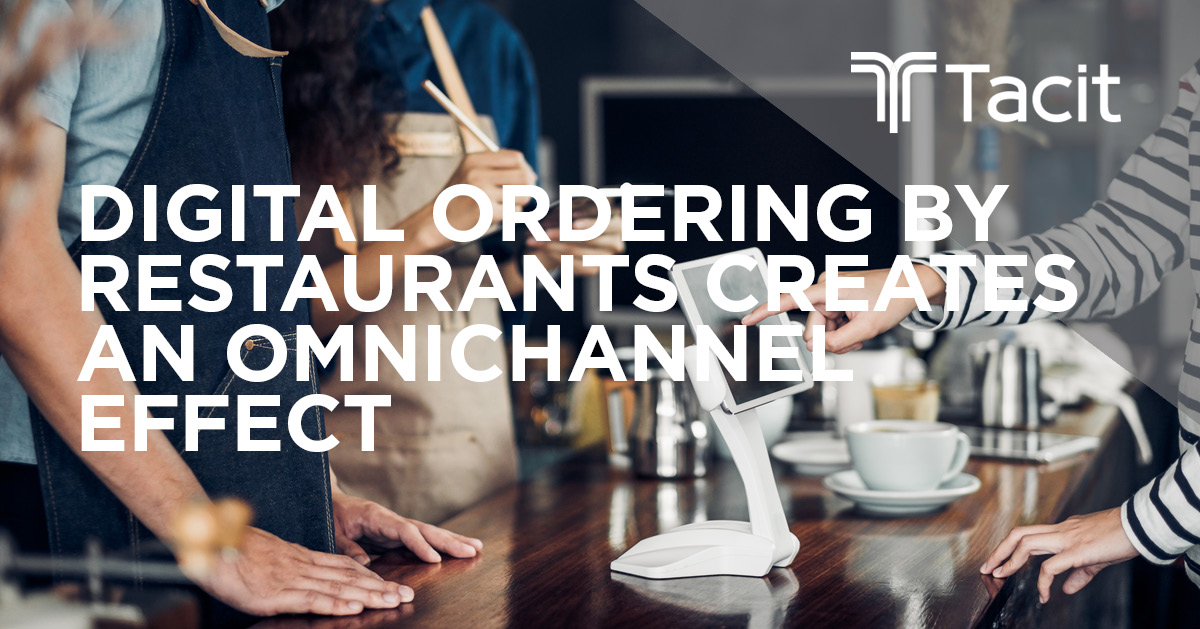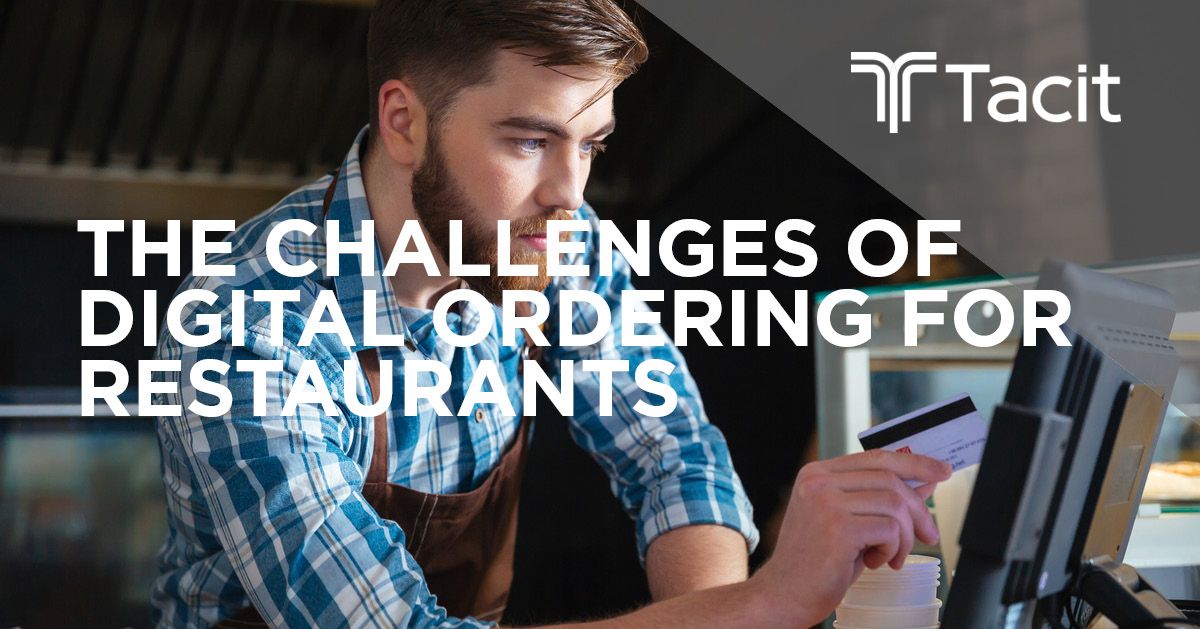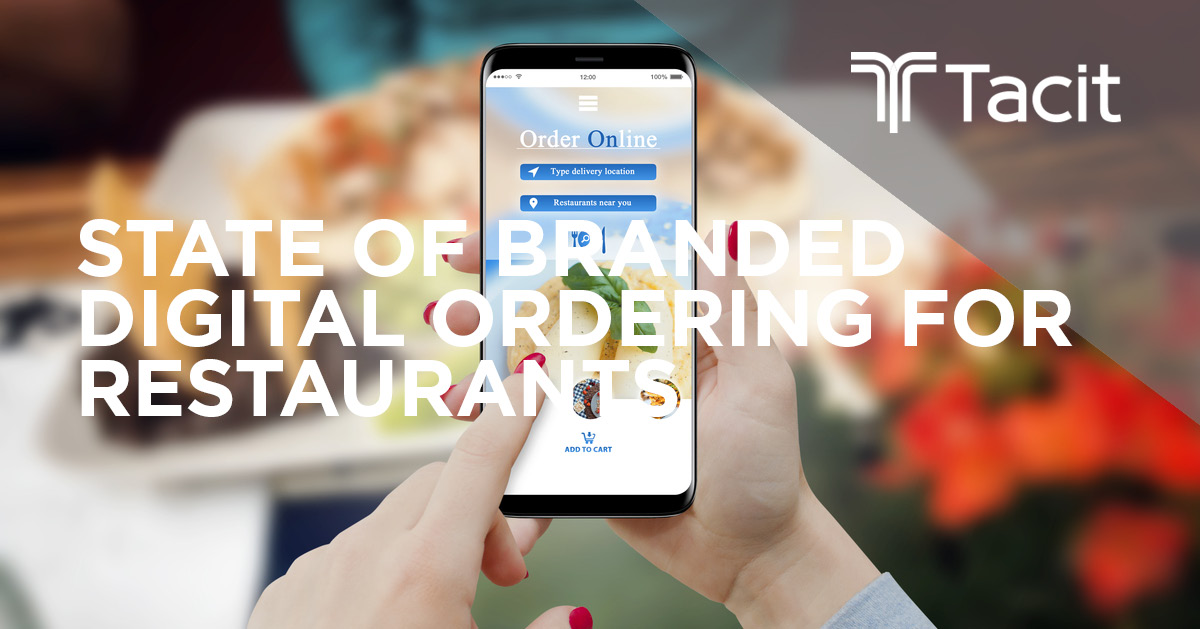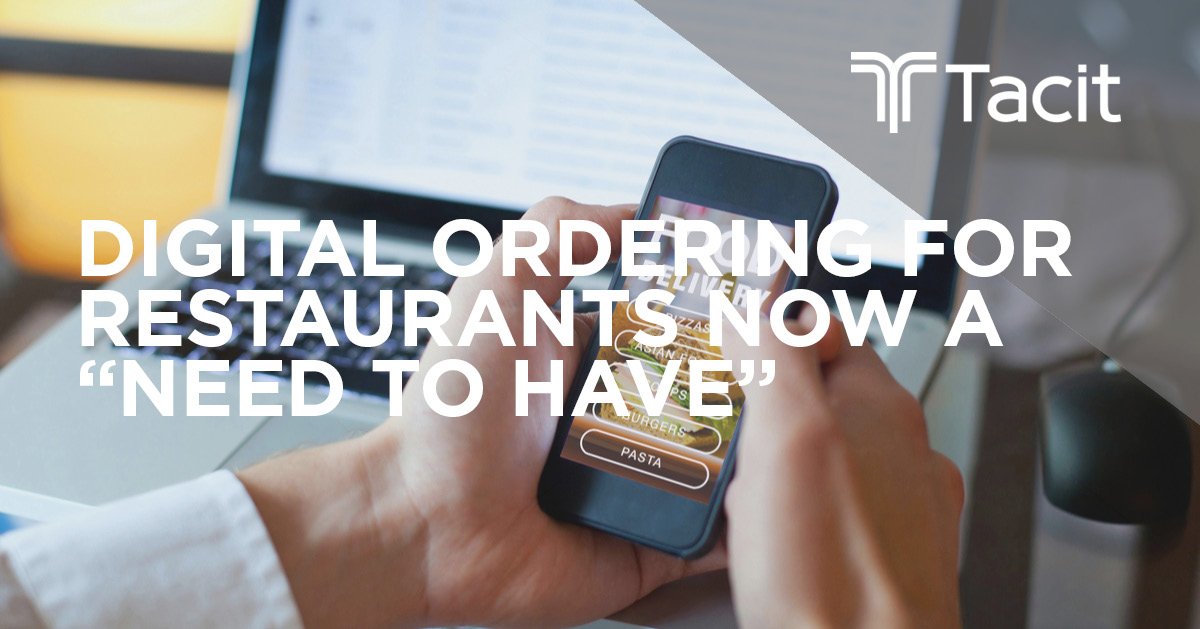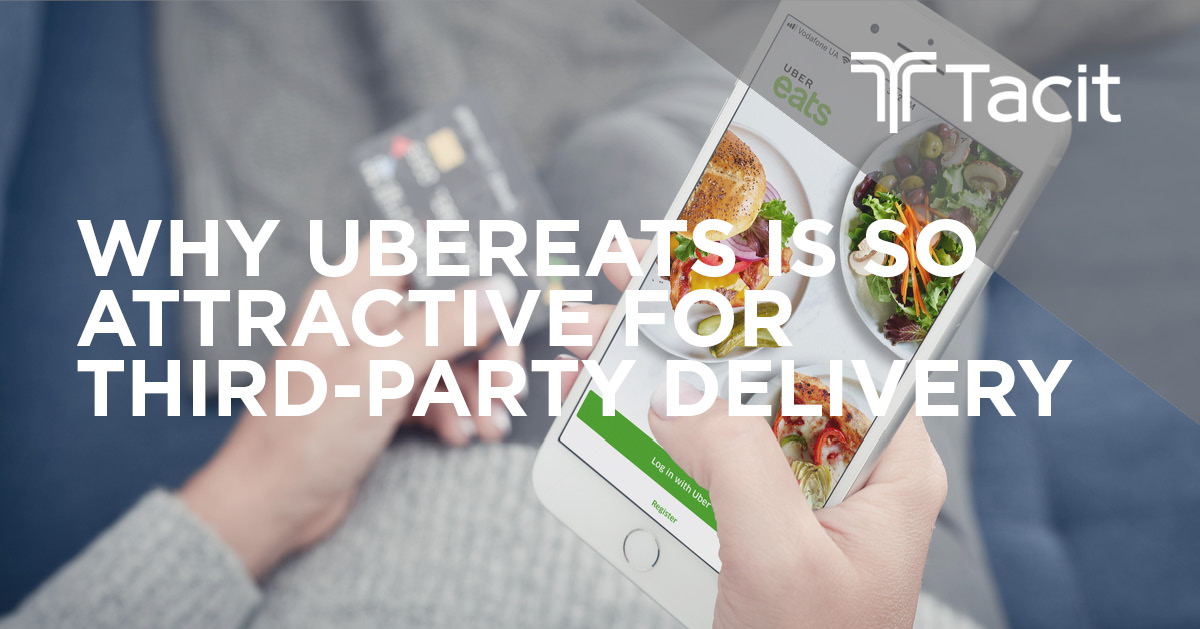30 Jul Trends in Third-Party Restaurant Delivery Apps
As explained by Restaurant Dive, the overall restaurant market is not expected to grow significantly in 2019, but that does not mean demand will stay stagnant. According to QSR magazine, the notion of third-party delivery is rising to become its own market, relying heavily on the ability of the restaurant industry to provide its products. Think of the traditional supply chain. When online ordering surges, brick-and-mortars may remain stagnant and reap the rewards of an overhead-less establishment. The same applies to the rise of third-party restaurant delivery. To maintain competitive advantage, restaurant operators need to understand the top trends in third-party restaurant delivery apps and build their operations around them.

